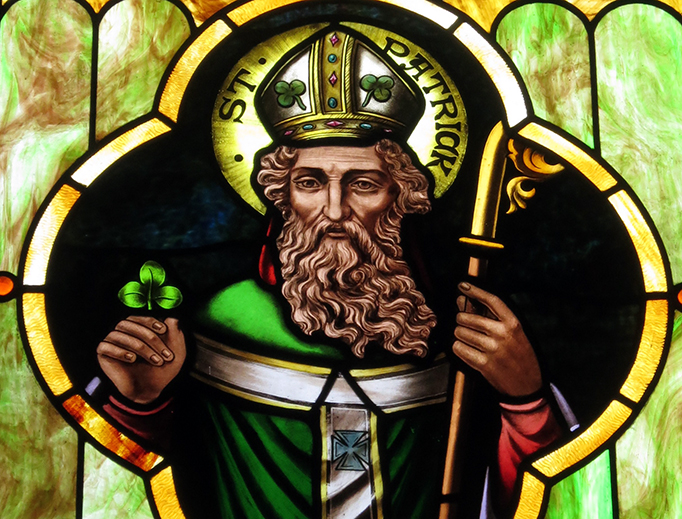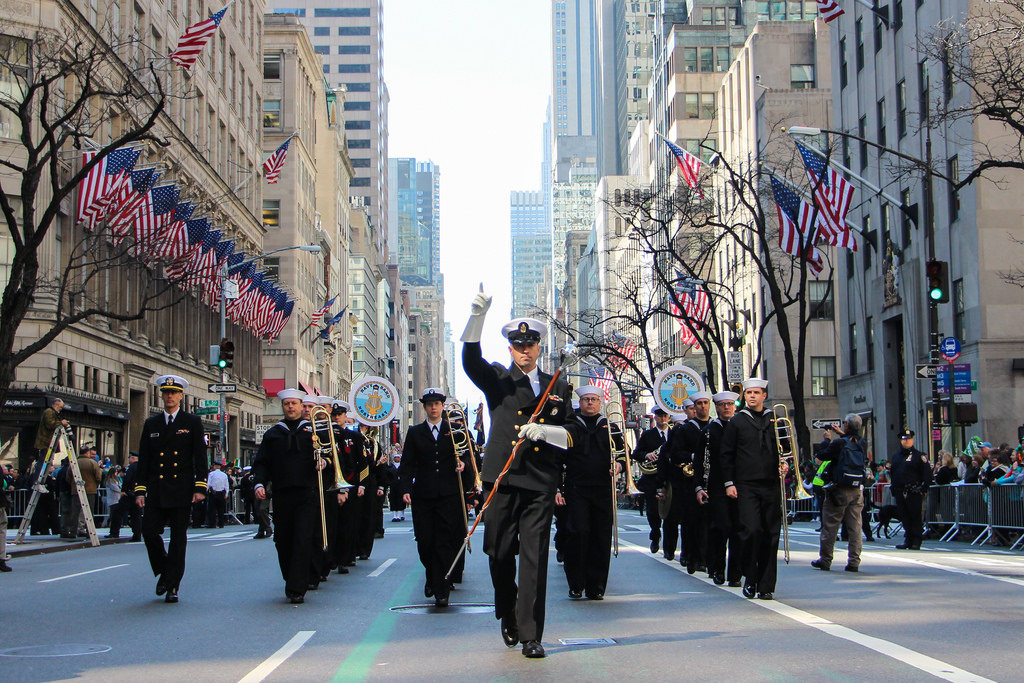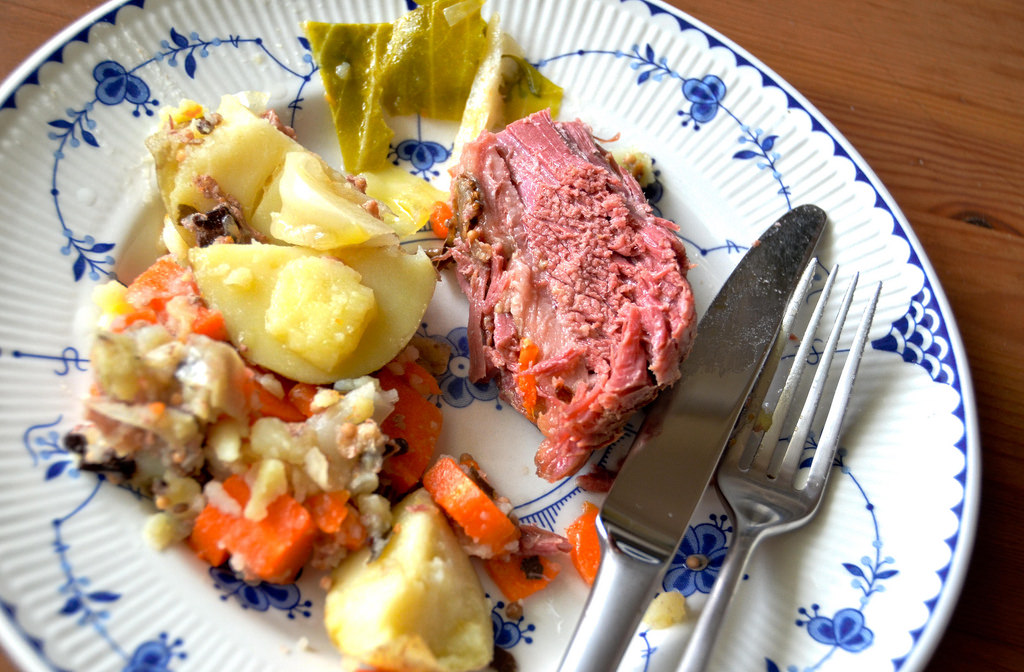
Ireland is known for many things — its rich history, lush green landscapes, and of course, St. Patrick’s Day. Celebrated annually on March 17, the holiday gained prominence in the early-20th century as a religious feast day. However, it is now widely recognized as a celebration of Irish and Irish-American culture with fun traditions that include hunting for leprechauns, feasting on corned beef, and donning bright green clothing.
Meet St. Patrick

While St. Patrick’s Day is one of Ireland’s most anticipated holidays, the clergyman, whose death anniversary it marks, was from the west coast of modern-day England. Born around 385 AD as Maewyn Succat, he was kidnapped by pirates at the age of sixteen and brought to work as a sheepherder in Ireland. Fortunately, the teenager managed to escape and return home six years later. After spending 15 years in a monastery, the now renamed Patricius ("Father of the Citizens") returned to Ireland to introduce Christianity to the country’s mostly pagan population. Though historians disagree if he died in 461 AD or 493 AD, there is little dispute that it was on March 17. Over the next few centuries, as tales of his achievements, including driving out all snakes from Ireland, spread, Patrick, once an unknown bishop, transformed into a legendary figure. By the seventh century, he had been elevated to the primary patron saint of Ireland, an honor he shares with just two other saints – Brigit of Kildare and Columba.
Why Turn Green?

Though wearing green on Saint Patrick’s Day is now the norm, it was not the initial color of choice. When the Order of St. Patrick was established in the 1780s, the followers wore blue. Green was only adopted once it became associated with Irish nationalism in the 1790s and deemed a good representation of the country’s green hills. Its popularity escalated in the 19th and 20th centuries.
While it’s unclear why we pinch those who haven’t worn the color, some believe the habit originated in the US to give people a green bruise. It could also stem from the Irish folklore that it makes people invisible to leprechauns, enabling them to capture the elusive creatures easily. Whatever the reason, a recent survey by Cox Media revealed that 83 percent of Americans celebrating the holiday this year intend to wear green.
Chasing Leprechauns and Pots of Gold

Leprechauns have become one of the holiday’s most beloved symbols. The shoemakers of the fairy world are believed to know the location of pots of gold hidden at the end of a rainbow. According to folklore, they will also have to grant three wishes to the person that manages to catch them. Unfortunately, the roguish fairies are extremely elusive and have yet to be captured, or even sighted.
Parades And Other Celebrations

While most US cities hold a St. Patrick’s Day Parade, New York City, which began the tradition in 1762, hosts the biggest one. The five-hour-long, volunteer-organized, extravaganza along Fifth Avenue features over 150,000 marchers and attracts more than two million spectators. Though the Dublin, Ireland parade, which started in 1998, cannot match the impressive statistics, the city makes up for the deficiency with a week-long celebration which attracts over a million revelers.
For the ninth consecutive year, over 300 of the world’s iconic landmarks will celebrate the occasion by turning green on March 17. Among them will be the Great Wall of China, the London Eye, the mighty Niagara Falls, as well as Sydney’s Opera House. In Chicago, the local sanitation workers will continue the 50-year-tradition of temporarily transforming the Chicago River an emerald green with the help of 45 pounds of nontoxic vegetable dye.
Food! Food! Food!

No celebration is complete without feasting on a customary dish or two. For St. Patrick’s Day, that means chowing down on corned beef, cabbage, potatoes, and carrots. The tradition is believed to have originated from early Irish immigrants to the United States, who were only able to afford meat once a week. As beef was the cheapest option, it became the meat of choice. However, don’t expect to see the Irish in Ireland dining on the same fare! They typically indulge in bacon and lamb and would have most likely consumed pork and potatoes or soda bread and hot Irish stew back in the day.
